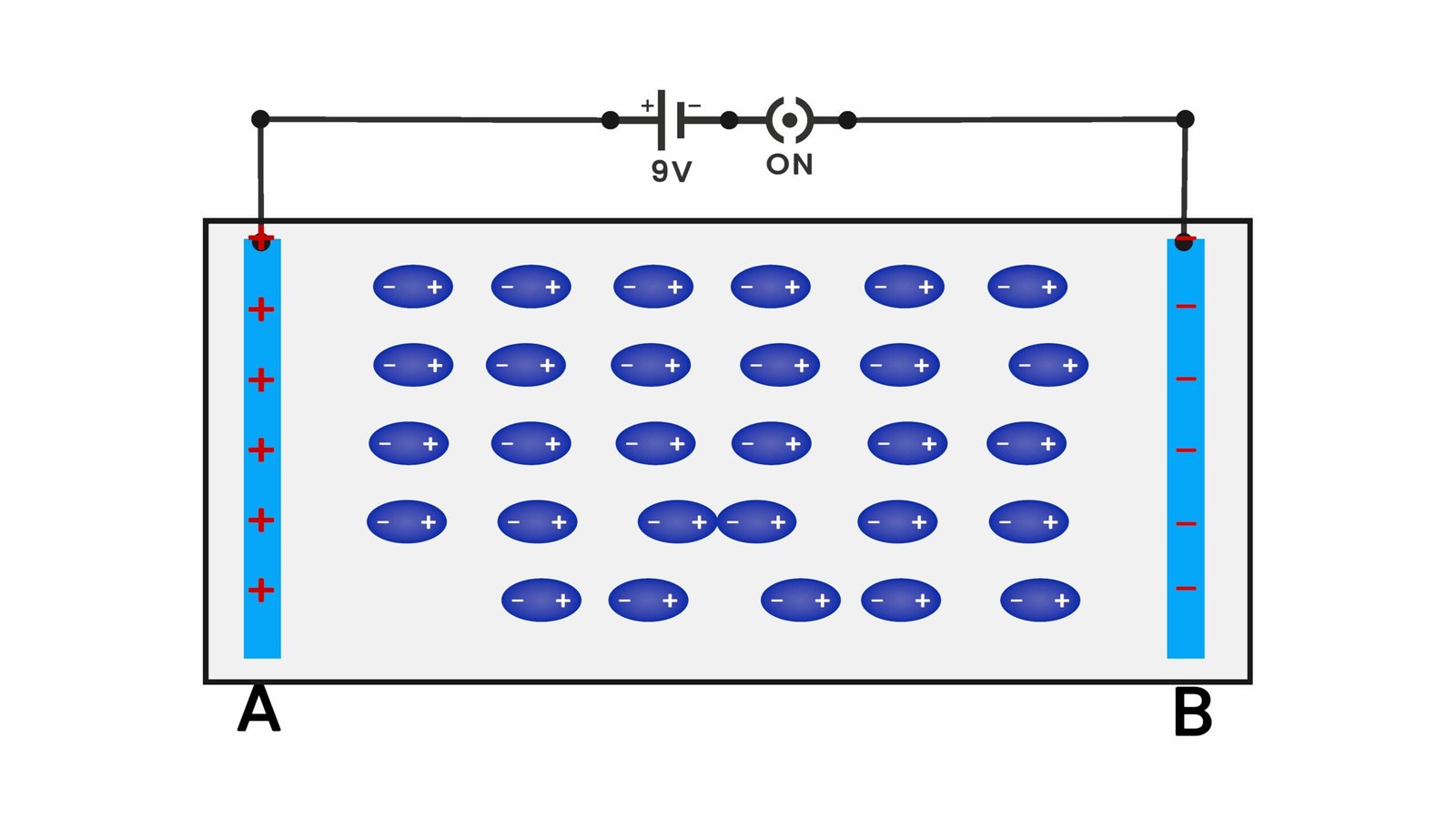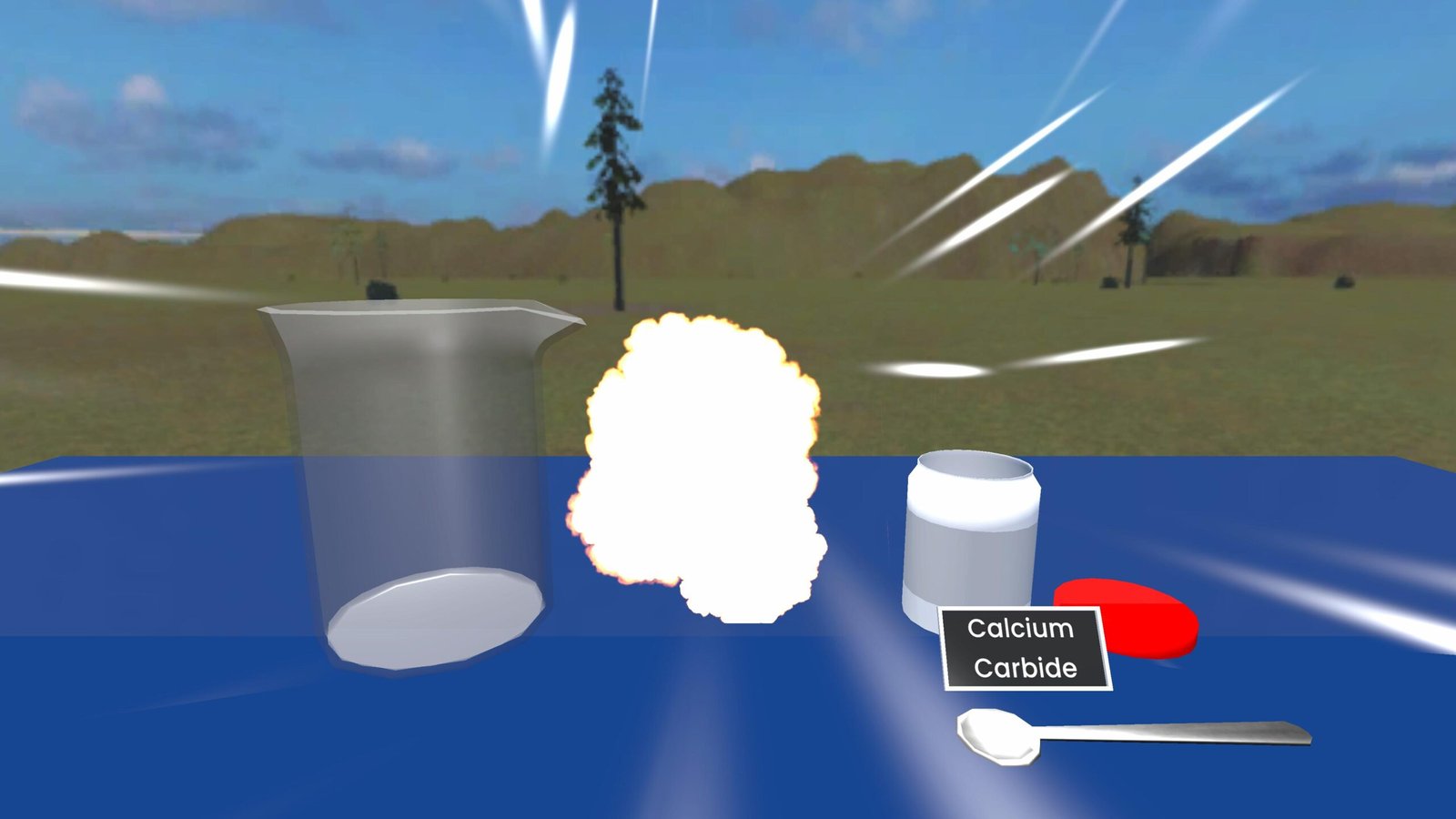HomeExperiments 11th
11th
Grade: 11th

In this experiment, an electric field is created using two rods. Polar molecules rotate to align with the field,…….

Calcium carbide reacts with water to form ethyne gas and calcium hydroxide. Ethyne is a flamm……..

In this experiment, calcium carbide reacts with water to produce acetylene gas. If the bottle is sealed………

Lewis structures are visual representations of molecules showing how atoms share or hold onto valence electrons. Each atom is shown with its chemical symbol and dots around it representing its outer electrons…

Explore the human skull like never before with a 3D simulation that lets you dive deep into its fascinating world…

A Daniell Cell is a type of battery that produces electricity through a chemical reaction between zinc and copper. Zinc loses electrons (oxidation), and copper gains them (reduction). A salt bridge connects the two….

This experiment demonstrates the solubility differences between Plaster of Paris (POP) and natural clay. When water is added, POP dissolves quickly and sets into a solid….

Explore the intricate structure of a monocotyledonous seed with this interactive 3D simulation that takes you on a journey through its unique components…

Explore the Dicotyledonous seed like never before with a virtual simulation that lets you dive deep into its fascinating world…

This experiment demonstrates simple distillation by heating water to produce steam, which is then condensed back into liquid. It shows how a liquid…….
Dencity, the cutting-edge educational platform, is proudly developed and created by Techventions.
Signup for our newsletter
Receive updates of new application developments, upcoming features and new experiments added.



